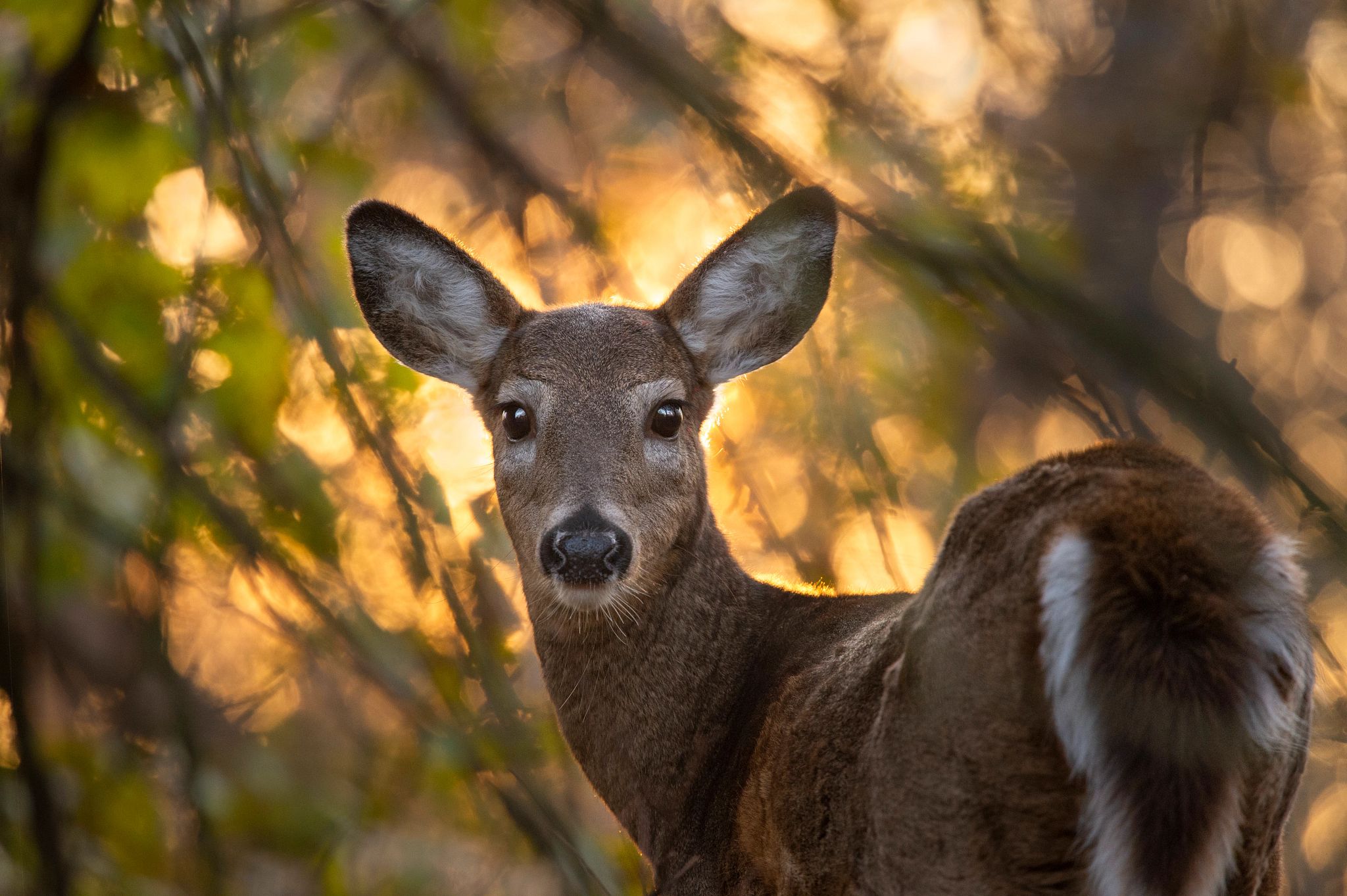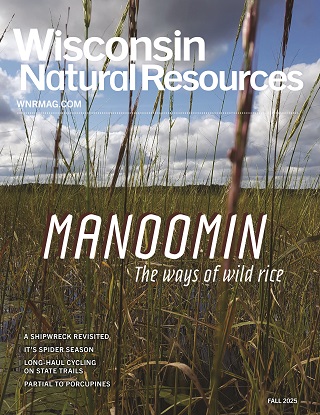Contact: Amanda Kamps, DNR Wildlife Health Conservation Specialist
Amanda.Kamps@wisconsin.gov or 608-712-5280
Hunters Are Reminded To Help Slow The Spread Of CWD
Follow Baiting And Feeding Bans
 he DNR is asking the public to help slow the spread of CWD by following baiting and feeding bans and for hunters to properly dispose of carcasses this deer hunting season.
Photo credit: iStock/ps50ace
he DNR is asking the public to help slow the spread of CWD by following baiting and feeding bans and for hunters to properly dispose of carcasses this deer hunting season.
Photo credit: iStock/ps50ace
MADISON, Wis. – The Wisconsin Department of Natural Resources (DNR) is reminding hunters and the public that they can help slow the spread of chronic wasting disease (CWD) by following baiting and feeding regulations.
CWD is an always-fatal disease that affects the nervous system of deer, elk, moose and caribou caused by a misshapen prion protein. The disease can spread through contact with an infected animal's saliva, urine or feces. It can also spread indirectly through exposure to a contaminated environment. CWD prions are extremely resilient, and they can stay in the soil for a long time, making containment of an affected area a challenge.
Placing bait, even in small quantities, unnaturally attracts deer to feed in a concentrated site, increasing the risk for spreading CWD. Repeated use of baiting and feeding sites creates a long-term risk of disease transmission.
Baiting and feeding deer is banned by state law in certain counties due to the presence of CWD in wild or farm-raised deer. Even where baiting and feeding are allowed, the DNR encourages hunters to reconsider using these practices to reduce the risk for disease transmission.
Visit the DNR’s webpage to learn which counties currently ban baiting and feeding.
Bait is any material placed or used to attract wild animals for hunting purposes, including scent materials, salt, minerals and grains. Feed is any material used to feed or attract wild animals for non-hunting purposes, including recreational and supplemental feeding, except for birds and small mammals.
Counties fall under a three-year baiting and feeding ban when wild or farm-raised deer have tested positive for CWD. If the CWD-positive deer is found within 10 miles of a county line, the adjoining county will fall under a two-year ban. If additional CWD cases are found during the lifetime of a baiting and feeding ban, the ban will reset for an additional two to three years.
In counties where baiting and feeding is allowed, the following precautions should be taken when feeding birds and small mammals:
- Feeding devices and structures are at a sufficient height or design to prevent access by deer
- Make sure feeding structures and devices are no further than 50 yards from a dwelling devoted to human occupancy
- If deer, bear, or elk are using bird feeding devices or structures, the devices or structures shall be enclosed or elevated higher to prevent access
More information on Wisconsin's deer baiting and wildlife feeding regulations is available here.

